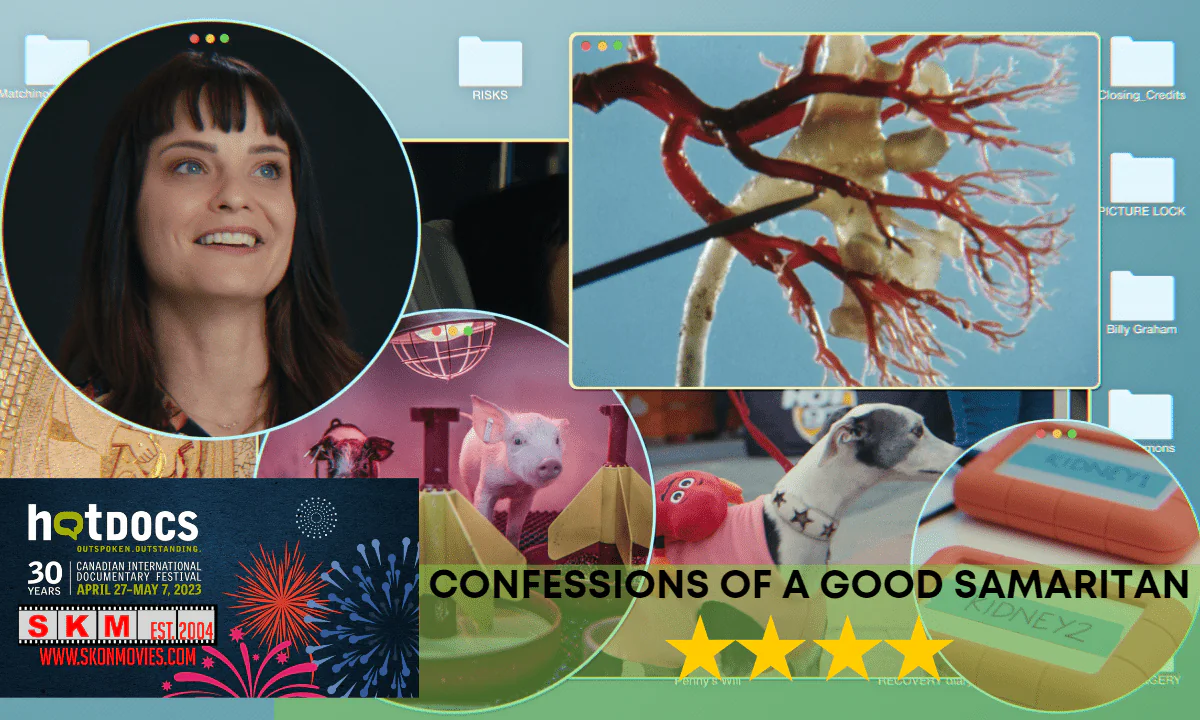
April 27 to May 7, 2023
FILM FESTIVAL
Hot Docs
Hot Docs 2023
PROGRAMME
Human Kind
Filmmaker Penny Lane documents her experience donating her kidney to a complete stranger in Confessions of a Good Samaritan. Once considered taboo by the medical professions, altruistic or “good samaritan” donations involve living people deciding to donate one of their vital organs to give to a complete stranger. Penny Lane is preparing to make such a donation herself, and while doing so, she tackles the history of altruism and why it is something people should consider doing.
Confessions of a Good Samaritan Synopsis
Confessions of a Good Samaritan see documentarian Penny Lane (Our Nixon, Nuts!, Hail Satan?) turn the camera onto herself as she documents her experience of being an altruistic kidney donor. Statistically, only 2% of living organ donations go to strangers, and the waitlist of people requiring a kidney donation would end if 1 in 10,000 people made an altruistic donation. However, it turns out that this is not an easy decision to make, with 90% of altruistic donors ending up changing their minds, with the end result sometimes resulting in an anticlimactic feeling.
My Thoughts on Confessions of a Good Samaritan
Apart from featuring ScreenLife style transitions, in the style of a computer desktop, Confessions of a Good Samaritan is built around two talking head interviews with director Penny Lane, one conducted immediately before her kidney donation and the other about 18 months afterwards. The film shows how much anxiety Lane went through during this experience, including ensuring that her Will was in order in case something went wrong during the surgery. However, life can be much worse for people with kidney failure who require dialysis. As such, Confessions of a Good Samaritan is a documentary that really gets you thinking about the possible benefits of altruistic donations.

